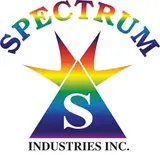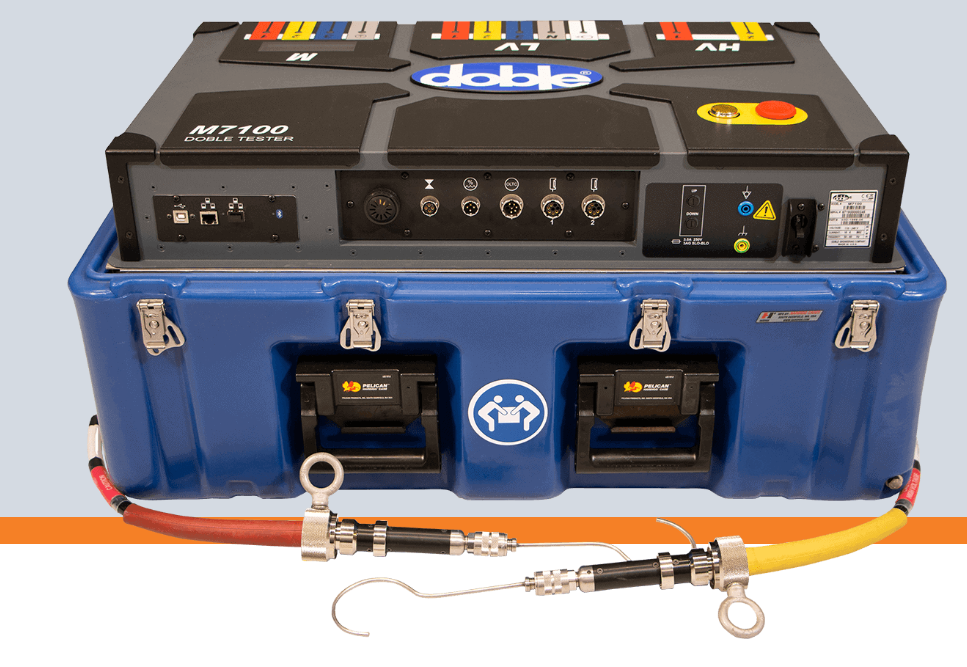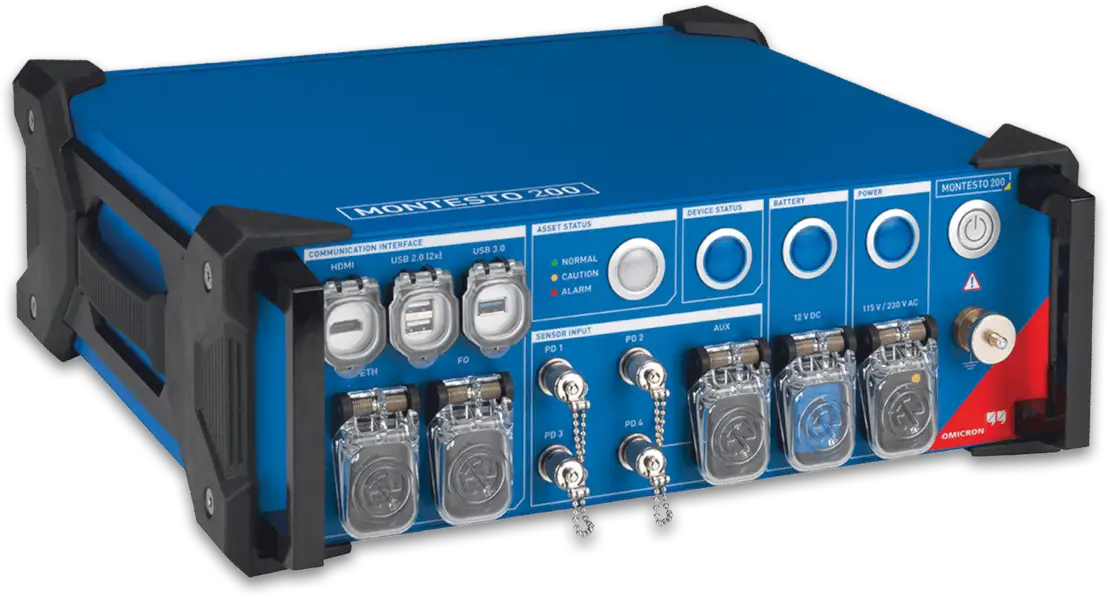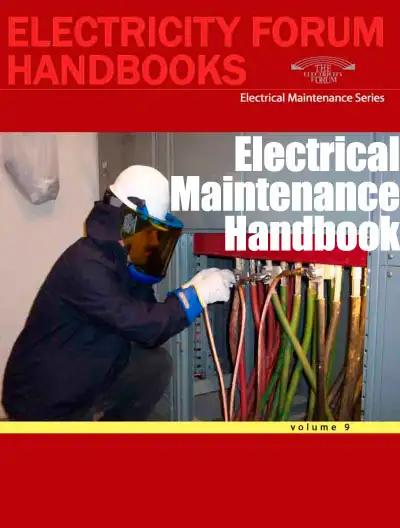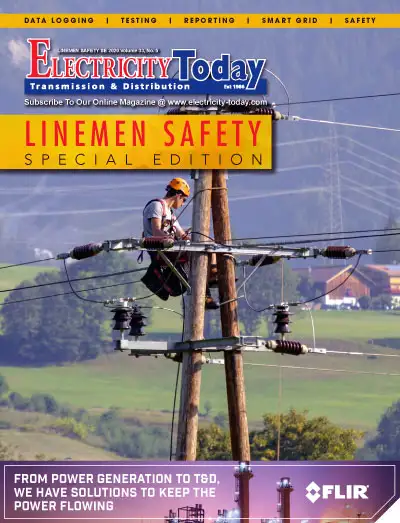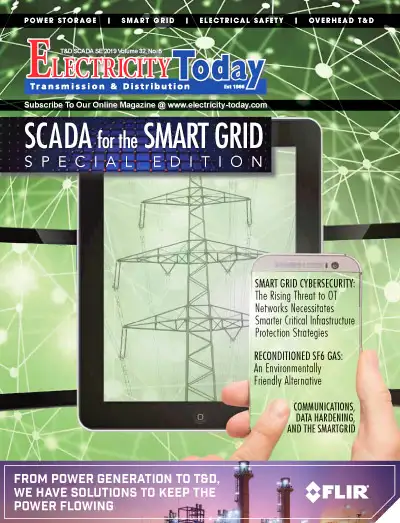Neutral Grounding Resistors (NGRs)
Protecting Transformers and Generators with Neutral Grounding Resistors
Line Surge Arresters
Compatibility and Integration of Modern Surge Arresters in Existing Power Systems
Smart Surge Arresters: Revolutionizing Overvoltage Protection
Voltage Limiting Devices
Advancements in Voltage Limiting Device Technologies
Designing Voltage Limiting Devices for Varied Electrical Environments
Overvoltage Protection
Coordination with Other Protection Devices
Voltage limiting devices (VLDs) play a crucial role in safeguarding equipment from damaging voltage spikes and transients within power systems. However, VLDs operate most effectively as part of a coordinated protection scheme, working seamlessly with other protective devices like surge arresters and circuit breakers. This article explores the importance of coordination between VLDs and these other devices, emphasizing the need for a layered approach to overvoltage protection.
Understanding the Role of VLDs
VLDs are designed to protect sensitive electrical equipment by limiting the voltage to a safe threshold. Their function becomes most effective when integrated into a system with other protective devices.
Integration with Surge Arresters
Surge arresters provide the first line of defense against voltage surges, typically caused by lightning strikes or switching transients. The coordination between VLDs and surge arresters is crucial. Surge arresters absorb or divert high-energy surges, reducing the residual voltage that VLDs must handle, thus preventing the VLDs from being overwhelmed by extreme surge conditions.
Coordination with Circuit Breakers
Circuit breakers play a vital role in managing fault currents that can result from overvoltage events. VLDs, in conjunction with circuit breakers, ensure that any overvoltage is quickly managed before it can cause extensive damage. The...

